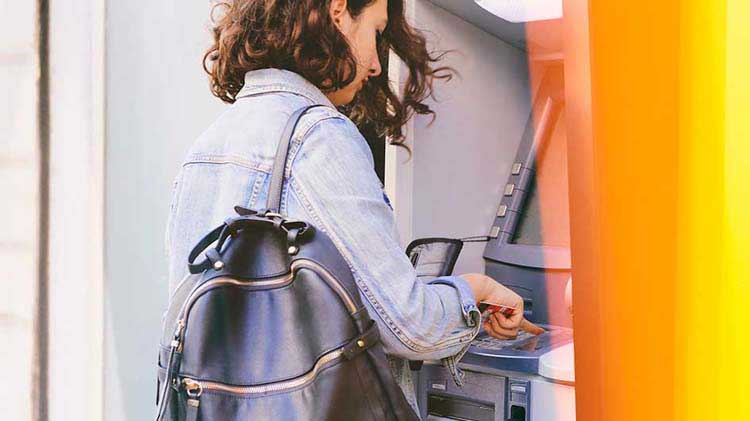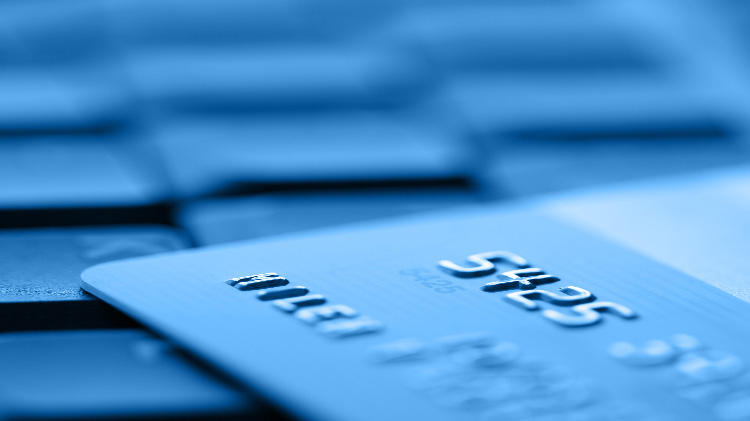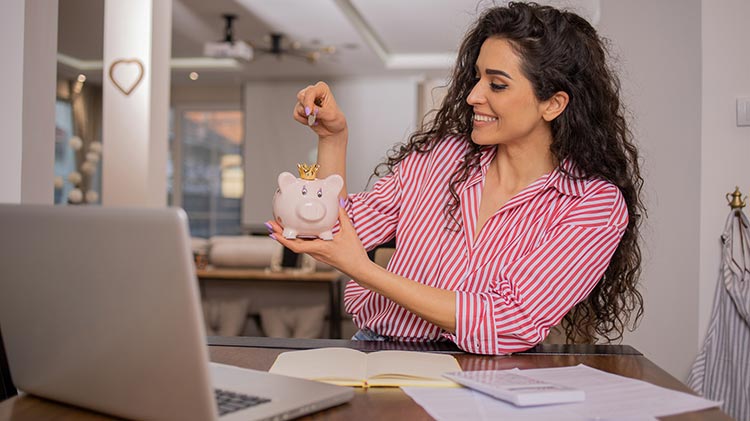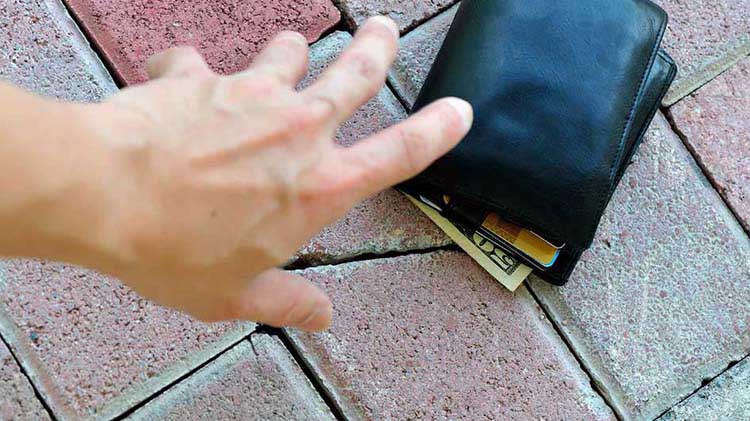Easily access your money with a checking account
This introduction to checking accounts helps explain some features to seek and avoid.
A traditional personal checking account can be one of the best ways to keep your money safe and accessible. Typically used for short-term fund deposits, checking accounts are insured at banks and credit unions — FDIC (Federal Deposit Insurance Corporation) for banks and NCUA (National Credit Union Administration) at a Credit Union.
If using a checking account is new to you, we have checking account tips that show how to write a check, deposit money into the account and help keep the account safe.
What is a checking account?
Simply stated, a checking account allows you to deposit funds into an insured account and lets you add and withdraw funds as needed. Checking accounts are generally used for daily expenses including paying bills, whereas savings accounts are used to help save for larger goals.
Benefits of a checking account
If you don’t like to carry cash, a checking account – and the debit card it offers – allows you access to your funds without the need to have cash on hand.
With a checking account, you can:
- Write checks.
- Pay for purchases and bills using the debit card associated with your checking account.
- Withdraw or deposit money 24/7 by using your debit card at an ATM.
- Download the mobile app and check your balance, pay bills online, deposit checks or move funds from bank to bank.
- Visit your local branch for deposits and withdrawals.
- Use the bill pay option for one time or recurring payments.
- Send money to another person through the mobile app.
Different types of checking accounts
- Online checking – If you don’t need a physical bank, this could be a low/no fee option.
- Free checking – Many institutions will provide free basic checking when certain criteria is met such as automatic deposits e.g. employment or government, or minimum deposit amounts. This account can be for a single person or joint with two or more people.
- Interest checking – Typically, a minimum (somewhat high) balance will be needed.
- Premium checking – A higher balance is typically required. Benefits could be provided such as interest, notary service, money orders, free checks and financial advice.
- Student checking – Students in their teens or 20s can utilize this account. A downside could be the requirement for a co-signer.
- Second chance – These accounts are designed for those who’ve had a history of problems with previous banking.
- Senior checking – Typically designed for customers 55 or over, these accounts may offer some perks.
- Business checking – Business owners may want to consider this type of account due to benefits it may offer.
Banks and credit unions offer different products and may have different fee structures. Consider this information when making a selection.
Choosing a checking account
Choose a checking account based on your spending habits.
Ask yourself:
- How much money will I generally keep in my checking account?
- How many checks do I plan to write each month? Some checking accounts may limit the amount of checks you can write, but many have unlimited check writing and some offer checkless checking.
- How many trips to the ATM will I typically make? Verify with the bank how many ATM transactions are allowed without a fee and whether you will incur a fee if using another bank's ATM.
If you've had a checking account in the past, you can get this information by looking at old statements. If not, look at your finances and make a rough estimate.
How to open a checking account
Once you’ve chosen the bank or credit union, you’ll need to apply for an account, typically by talking with a personal banker. You’ll need some proof of identification and your social security number and possibly your address. During this meeting you can discuss direct deposits and possibly open up a savings account, which also could be used as an emergency fund.
Checking account fees
While free checking accounts are available, they may have limitations. Read the fine print for limitations on check writing or ATM withdrawals. If you go over the allotted amount, you may be charged a fee for each instance. And that can add up quickly, and total more than a monthly service fee.
Plus, there are other ways to have a free checking account, or almost free. Some banks will totally waive the monthly service fee if you have a regular direct deposit to your account, such as your paycheck, or if you make a certain number of debit card purchases.
You can also find checking accounts that have no monthly service fee and that earn interest if you maintain a minimum balance. Keep in mind that going below a required minimum balance could result in being charged a monthly service fee. And often those minimum balances aren't minimal.
Remember, checking accounts aren't savings accounts. When it comes to high-balance requirements, closely examine whether the interest earned, and monthly service fee avoided justify maintaining such a high balance.
Type of fees
- Check printing fees. Each time you need to print new checks you may incur a fee, and they might cost more if you want to personalize them. Some accounts may include free checks.
- Monthly maintenance or service fees. This is a set amount for the account. This fee may be avoidable if you have direct deposit set up, if you maintain a certain minimum balance established by your banking institution or if you have a certain number of monthly debit card purchases.
- ATM fees. You are usually able to use your debit card free of charge at ATM machines owned by your bank. But when you use an ATM owned by a different bank, they will likely charge you a fee for using it. Some checking accounts may offer a certain amount of ATM withdrawals free of charge at ATMs that are owned by other institutions. And some checking accounts may have a limit on the amount of free of charge ATM withdrawals.
- Balance inquiry fee. You can use your debit card to check your balance on ATM machines. If you use an ATM not owned by your bank, you may be charged a fee.
- Overdraft fees. These charges apply when a check is cashed, or a payment is made from your account, and you don’t have enough money in the account to support the payment. Some checking accounts offer a service called overdraft protection, where your payment or check goes through even if your balance is negative, but your bank will charge you a fee if the service is used. A way to help prevent this from happening is to balance your account frequently so that you have enough money to support your transactions.
- Bounced check fees. If your checking account doesn’t have overdraft protection, and your payments or checks bounce due to lack of sufficient funds, you will incur fees. Those fees can be charged by your bank and/or the third party that you made a payment to. When payments bounce, it may negatively impact your credit score.
- Stop payment fees. This fee is charged by your bank in the case that you request to stop a payment or a check. Only account holders can request to stop a payment.
How to avoid checking account fees
Eliminating other checking account fees can be as easy as exercising good banking habits. For example, fees for insufficient funds or overdraft protection can really add up since you’d be charged each time a check or a payment is applied while you have insufficient funds. But you can avoid those by spending only what's in your account. If you consistently keep a checkbook register or monitor transactions online, you'll know how much money you have to spend.
You can keep tabs on your balance by logging in online or into the app on a frequent basis. It's also important to review your checking account statement each month. If you decide to opt out of receiving a paper statement in the mail, log on to your bank's website and download the electronic version. Your statement provides a big picture of your spending and reviewing it carefully is a good way to see that no fraudulent or inaccurate activity has occurred.
How to avoid ATM fees
Another way to help avoid fees is to only use ATMs owned by your bank. When you use ATMs owned and operated by other banks, you might be charged from both the ATM owner and your bank. Try to plan ahead and only withdraw money from your bank's ATMs if possible.
Does opening a bank account affect your credit?
No, typically credit reports are not looked at for a bank account. However, banks may review a ChexSystems report to see if you’ve had trouble with bank accounts before.
Now that you’ve learned more about checking accounts, fees and types, you may want to read about other financial topics like budgeting, how to find the right credit card or how to set financial goals.




